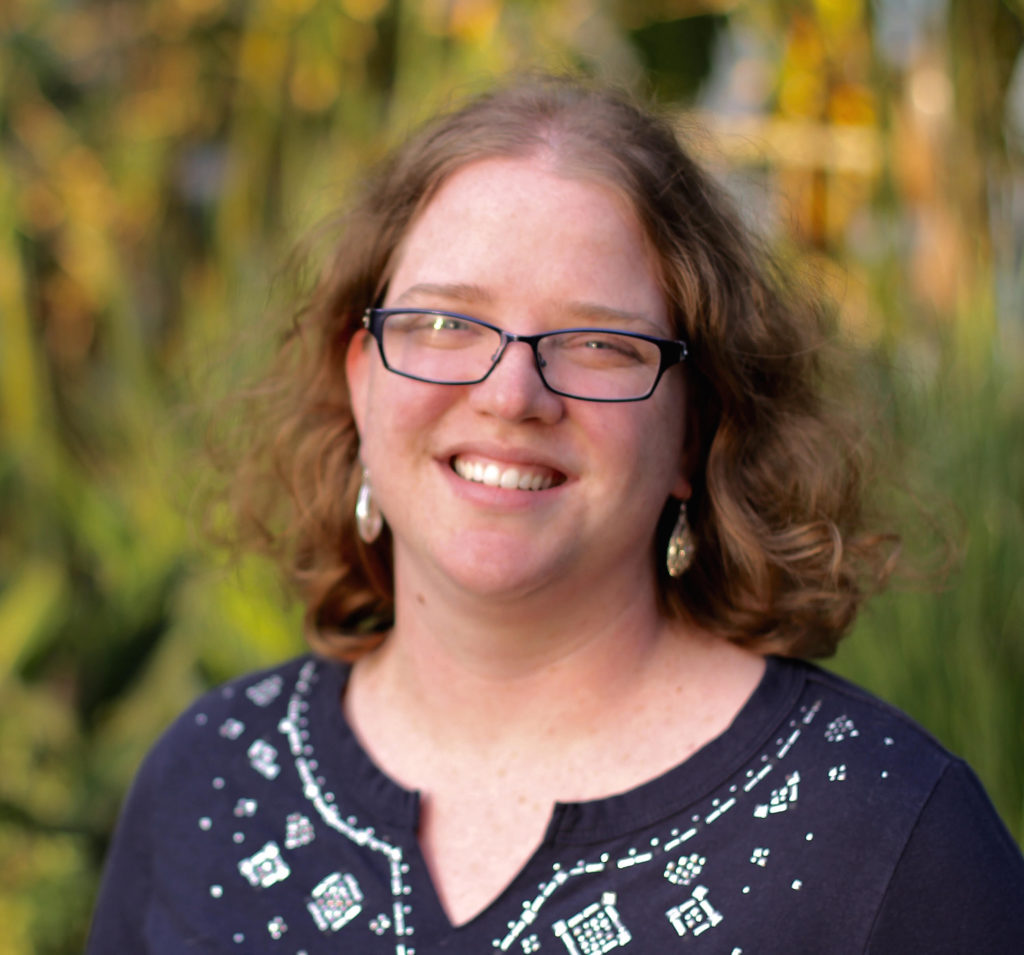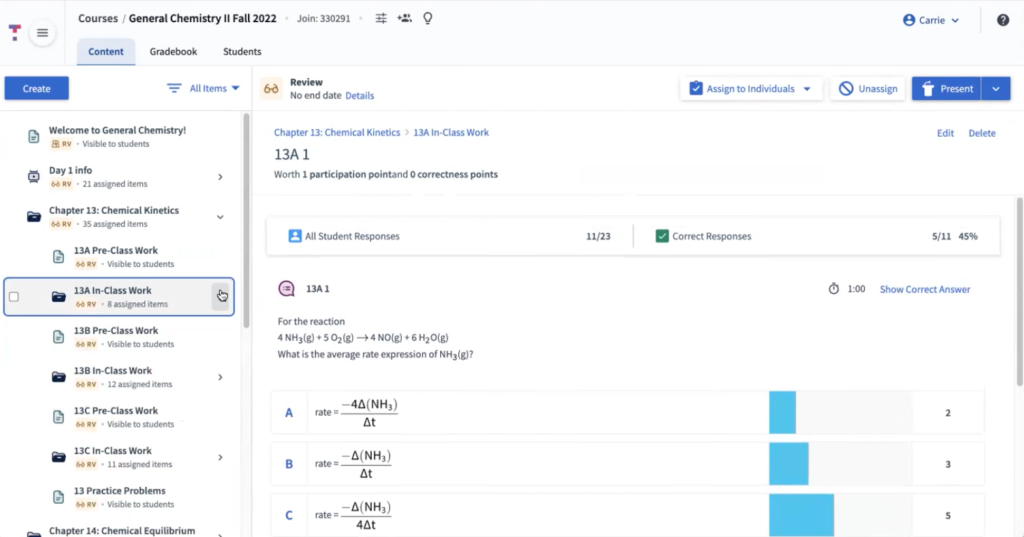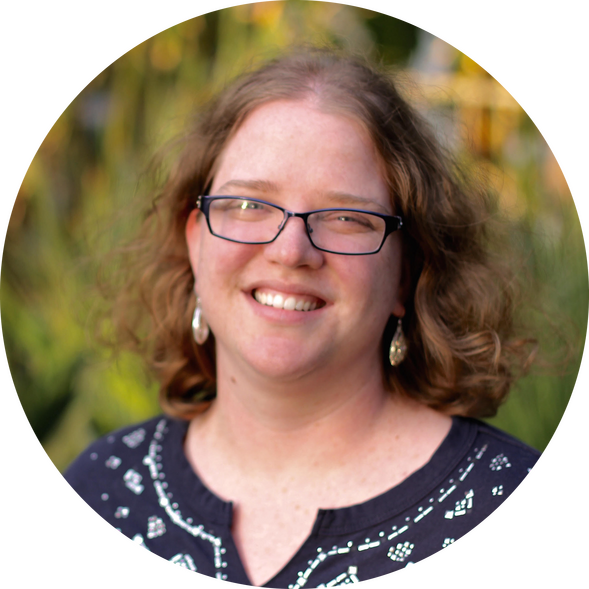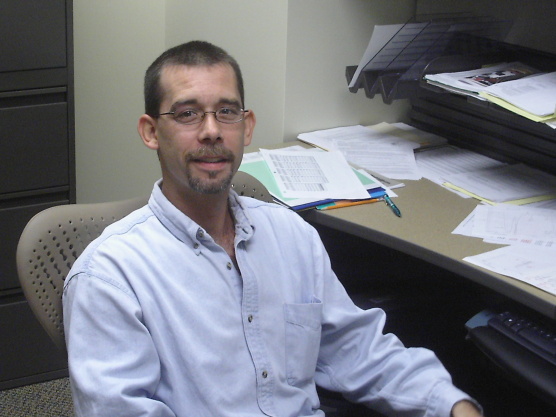Giving Community College Students a Textbook to Prepare Them for the Real World
70
practice questions per chapter
21%
reduction in DFW rates in Fall 2022
9
years teaching with Top Hat

The Challenge
Searching for learning materials with the quality and depth needed to support all students
The pandemic had a huge ripple effect on student success—true especially among community college learners. Professor Carrie Miller can relate. She teaches Chemistry at Mt. San Antonio College, a public community college, and noticed that her students weren’t only coming to class with heightened basic needs concerns, they were enrolling in her General Chemistry course with varying levels of preparedness. “For a lot of students, this is their first or second Chemistry class, ever. The quality of education they receive before coming in is really quite variable,” says Miller.
Miller had used Top Hat since 2013 at her last institution to facilitate assessments and host lively flipped class assignments. In 2021, the new department she found herself working in at Mt. San Antonio needed high-quality, in-depth learning materials that would prepare students for their future academic endeavors. Until that point, they’d used OpenStax and OER, but realized they no longer presented General Chemistry topics in a way that served students who weren’t all on the same page.
Miller gravitated towards Top Hat’s interactive General Chemistry—even contributing to its development—as the title allowed her students to visualize complex atoms, chemical structures and bonds through embedded videos, simulations and more than 1,500 practice questions. It also served as the foundation for her assessments, discussions and exams.
The Solution
An interactive, Top Hat textbook that’s paired with competency-based assessments
Miller uses her interactive Top Hat textbook as an anchor for all course assignments and exams. Every chapter is augmented with 50-70 practice questions, letting students build understanding on their own. This aligns with her embrace of competency-based learning, where greater emphasis is put on subject mastery versus completing assessments against a set schedule. Giving students a strong foundation is especially important for many who define success as transferring to a 4-year degree program after community college. She also uses a flipped classroom, where students read chapters in advance of arriving to class, and dedicates lecture time to discuss concepts that are proving difficult. Here’s how it all works together.
Before class, Miller requires students to either a) watch up to three pre-recorded lectures, embedded in the textbook, and complete an assessment in Top Hat or b) read their assigned textbook chapters and answer questions embedded within the text. During class time, students work through questions presented in Top Hat to help them master a given learning outcome. Homework assignments, also hosted in Top Hat, feature problems that students have seen at least once either in the textbook or during class assignments, giving them another chance to review material tripping them up.
Miller’s three course exams are also created with a skill-first lens and give students multiple opportunities to demonstrate their understanding without penalty. “By the end of the semester, they may have had four, six, even eight attempts at the earliest material. But if they’ve demonstrated proficiency once, then they’ve mastered that outcome and don’t need to answer more on the final,” she says.

The Results
Promoting deep learning and retention to serve students after community college
Giving students several opportunities to get comfortable with General Chemistry concepts has paid off in terms of comprehension and grades. “The exams I write in this class are harder, but students are earning more As and Bs than in previous classes,” she says. From Fall 2020 through Spring 2022, Miller’s DFW rate averaged 30 percent—a reflection of the challenges that came with learning during a pandemic. In Fall 2022, however, after she implemented this model of competency-based learning with Top Hat, her DFW rate dropped to 9 percent.
Students have responded overwhelmingly well to Miller’s competency-based assessment model, as evidenced by course evaluations. One student wrote, “overall I liked the idea and how this class worked because it allowed me to actually learn the concepts instead of memorizing just for the test.” In the future, Miller plans to continue customizing textbook chapter questions to adequately prepare students for their careers, or ideally, equip them with the knowledge so critical to their success as they pursue further studies.
“The exams I write in this class are harder, but students are earning more As and Bs than in previous classes.”









